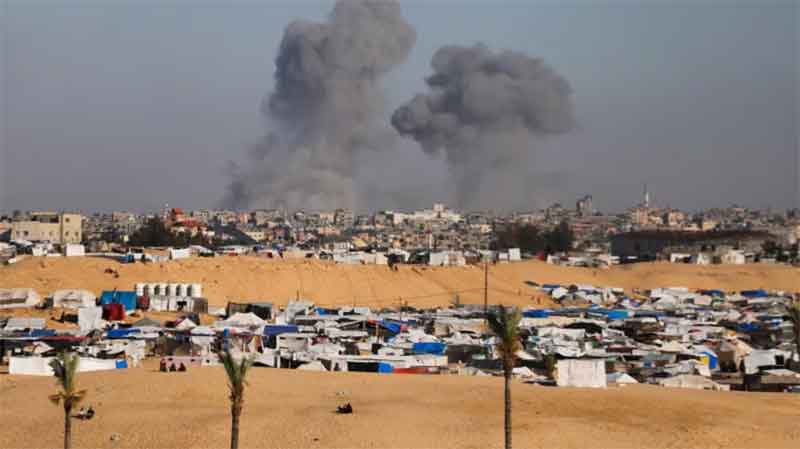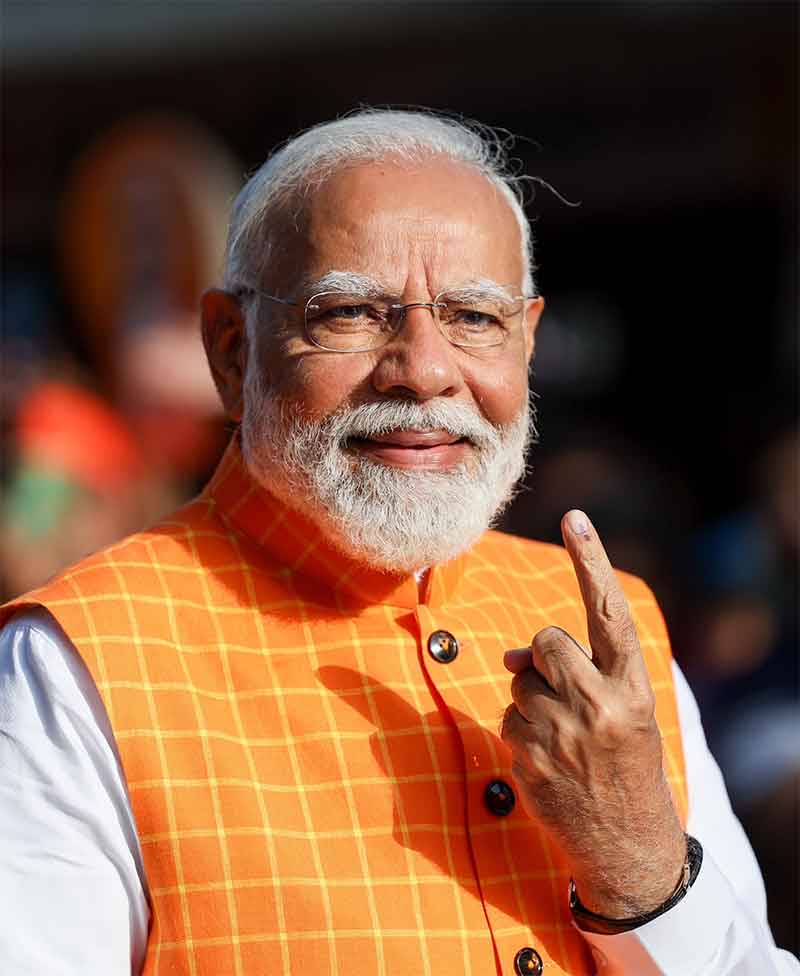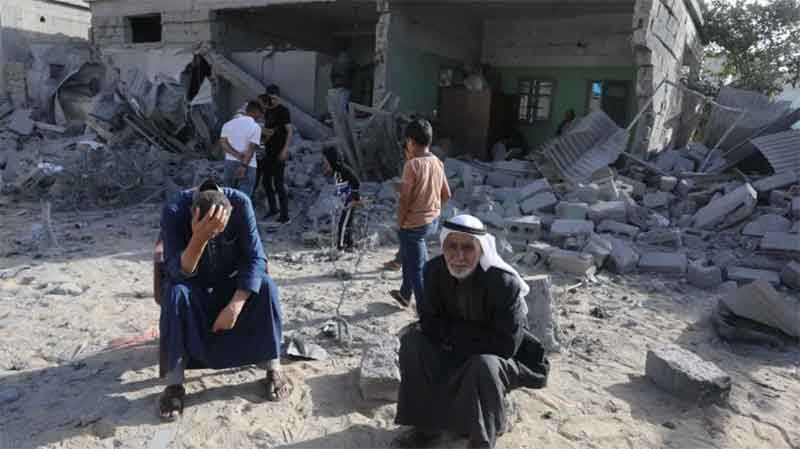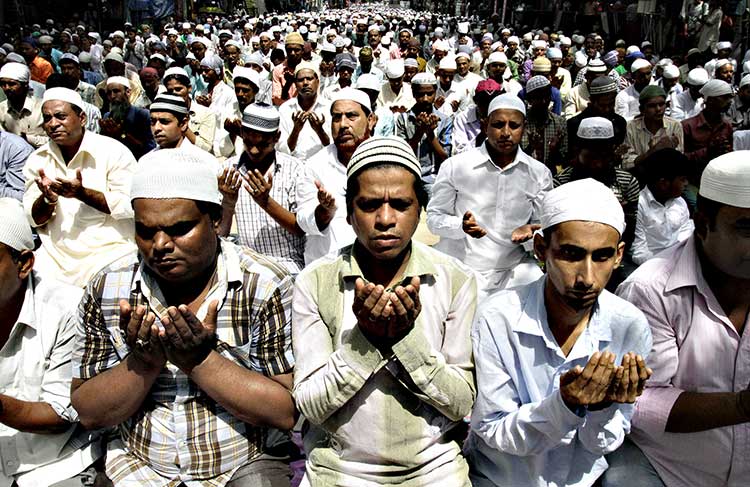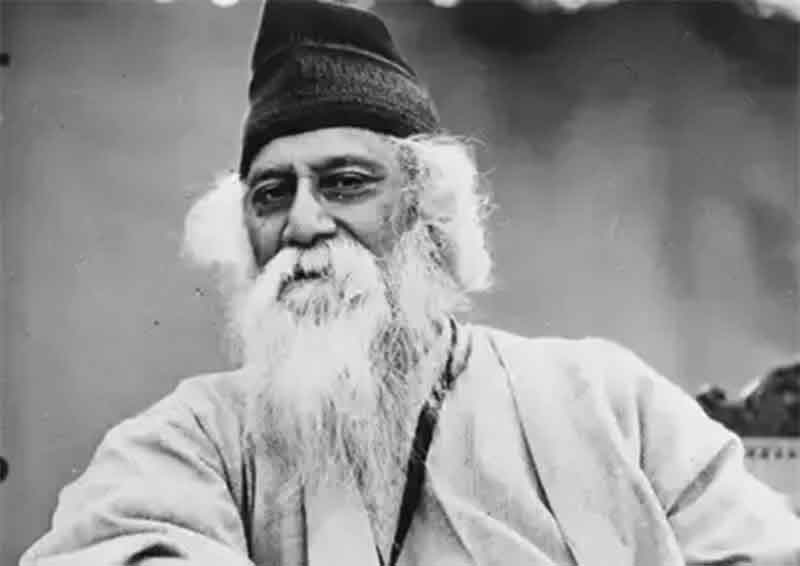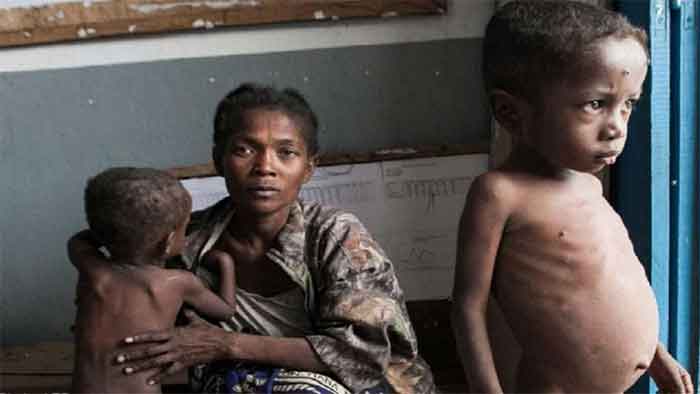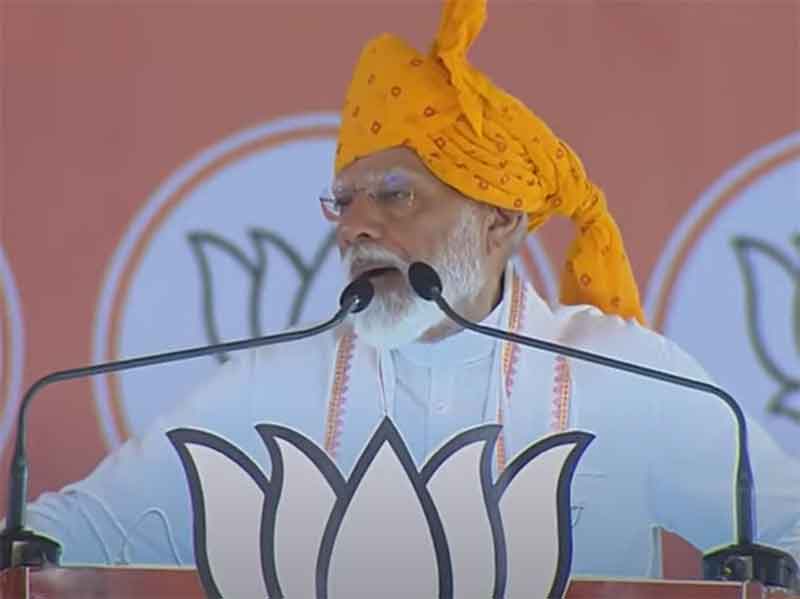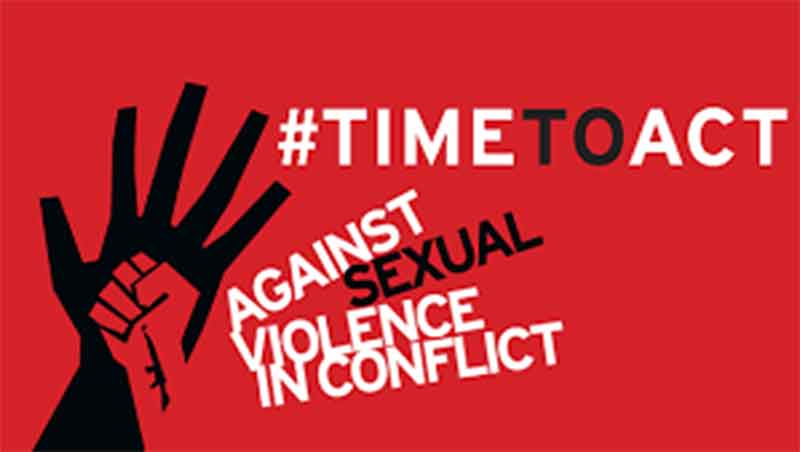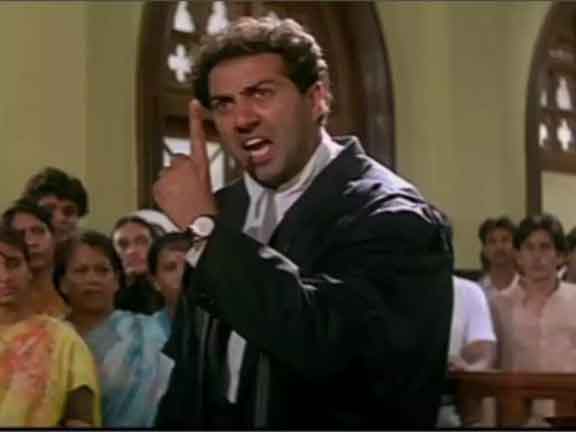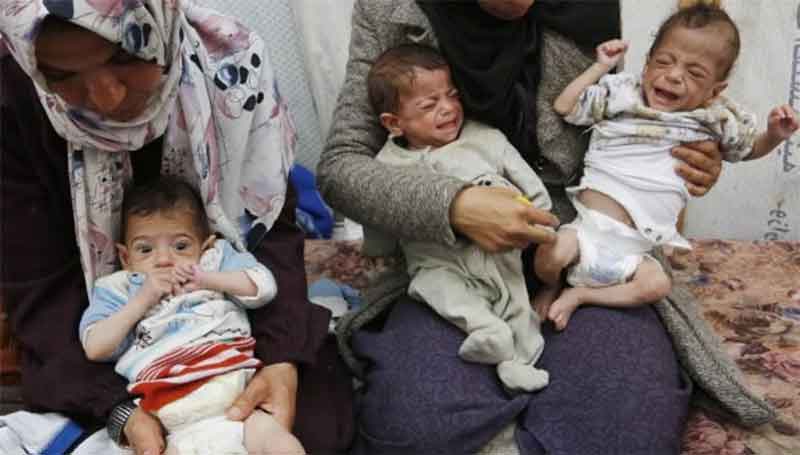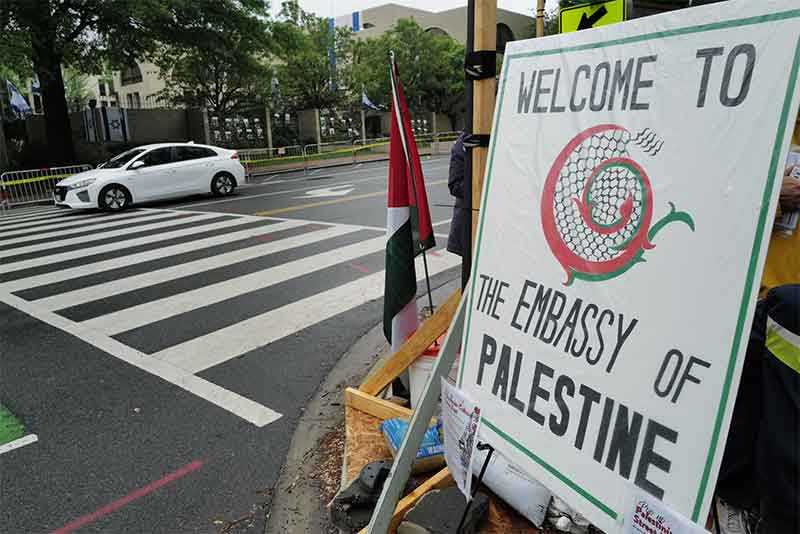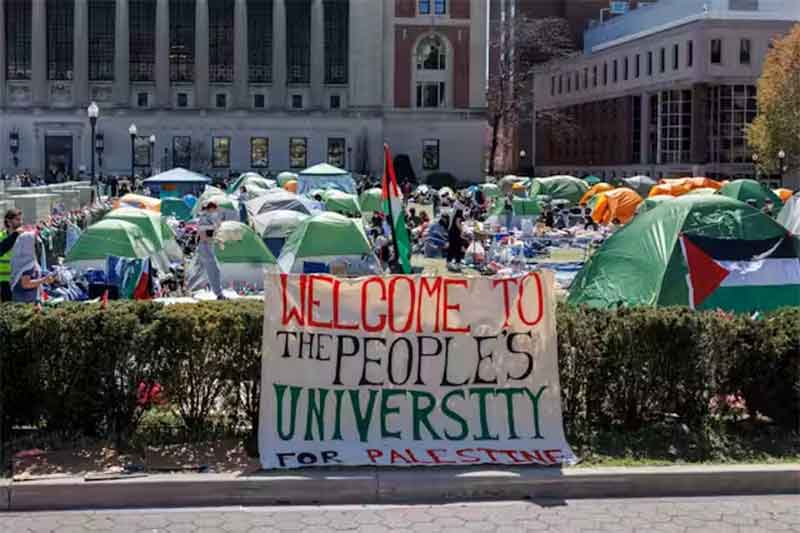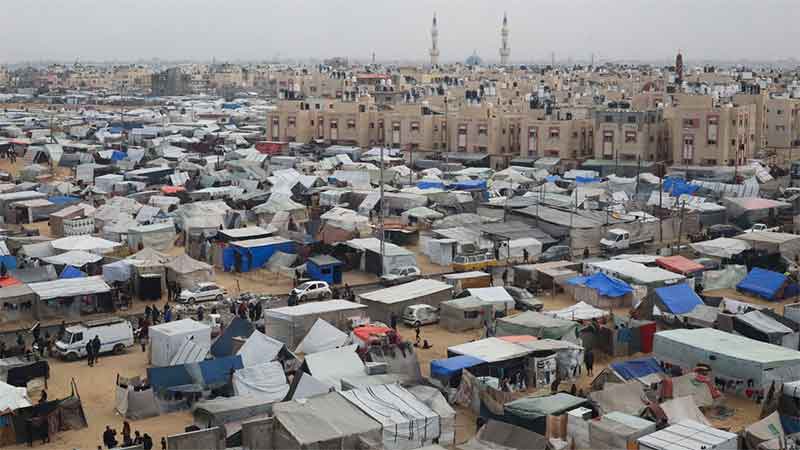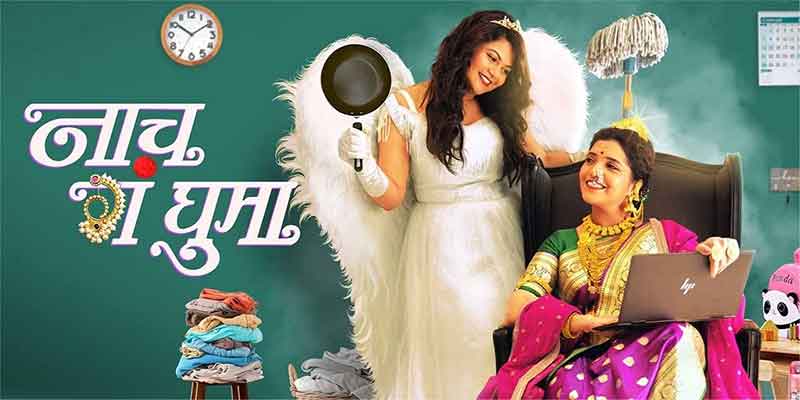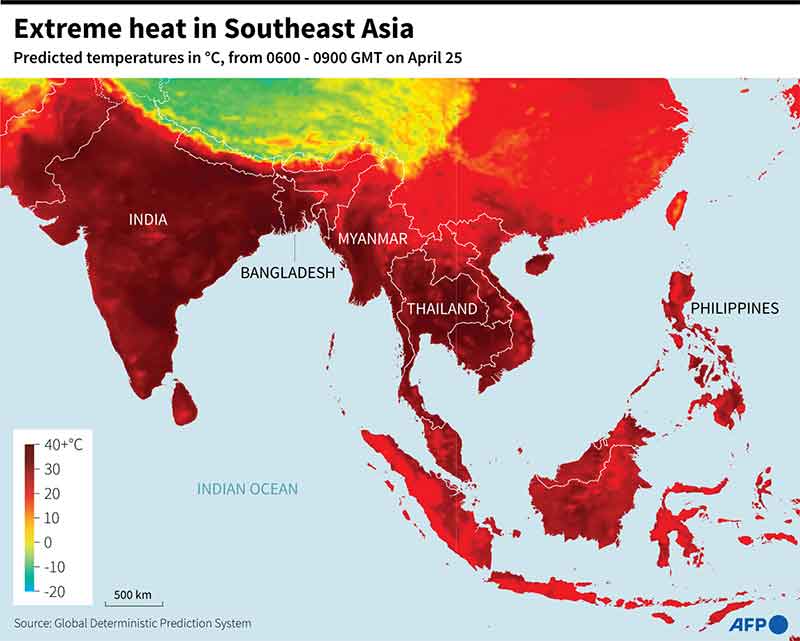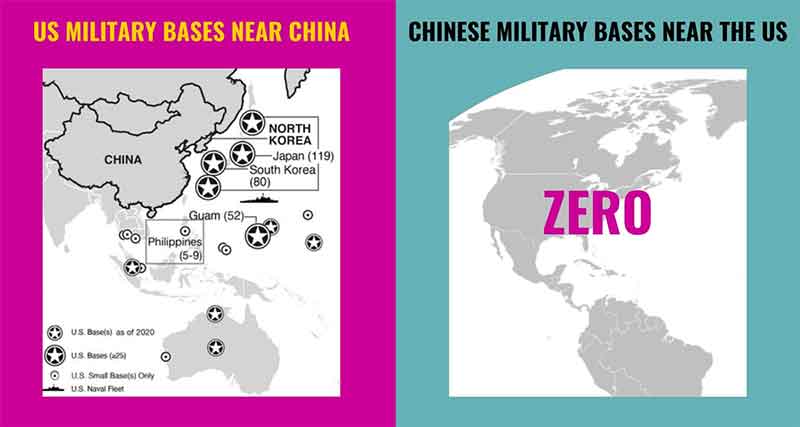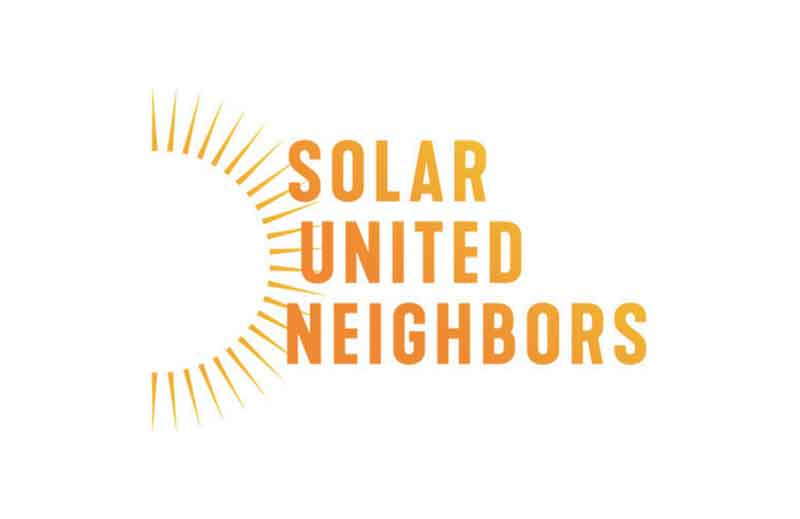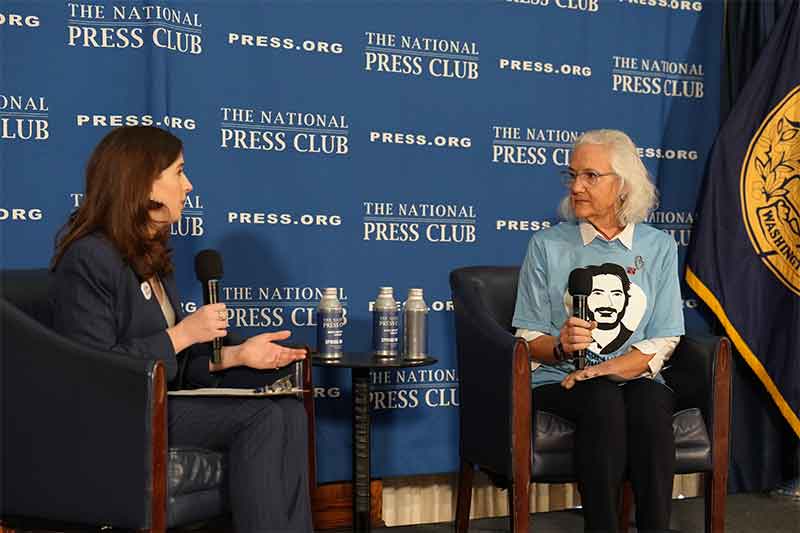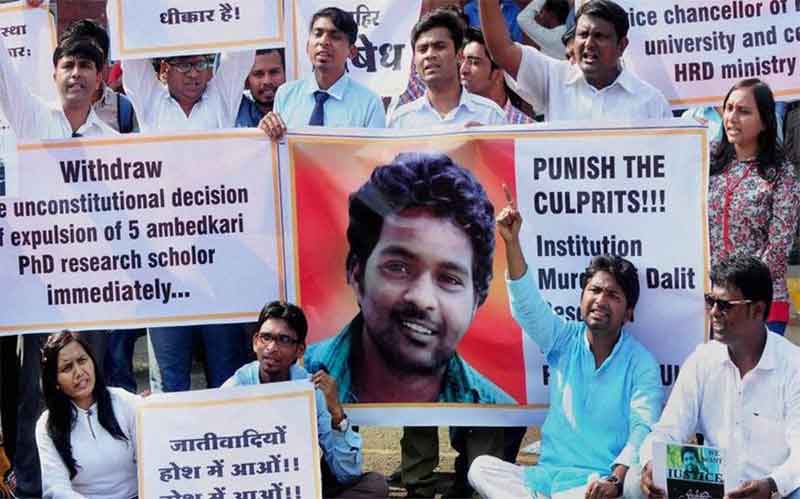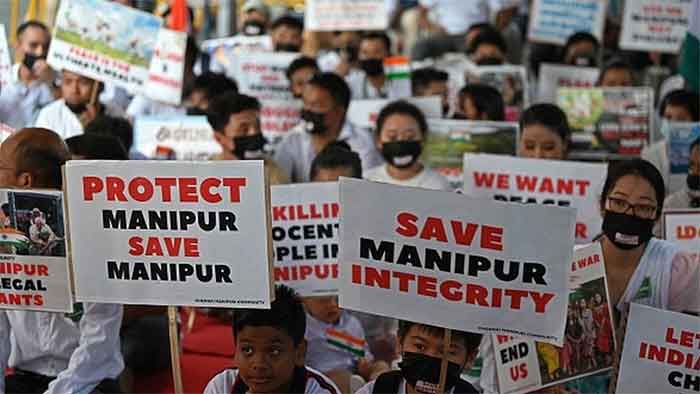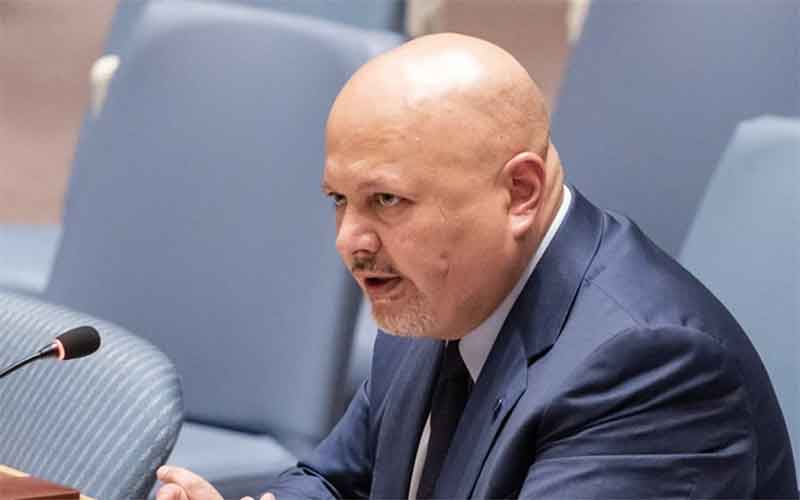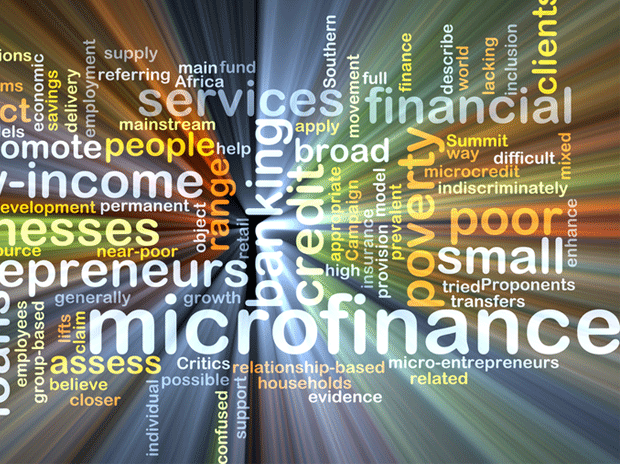
Microfinance continues to thrive despite being under fire from legions of critics. One plausible reason for the lingering faith in the power of microfinance is that it provides a convenient strategy for investors to demonstrate that that they are active fighters against poverty and are trying to save the poor while making a substantial amount of money from them.
Microfinance – including microcredits – is often considered to be an instrument that promotes empowerment. But this assumption is not as simple as it sounds. Whilst it can stabilise livelihoods, provide start-up funds for productive investment, broaden choices, help poor people to smooth consumption flows and send children to school, microfinancecan also lead to indebtedness and increased exclusion unless programmes are well designed.
In the world of microfinance, women borrowers are viewed as autonomous individuals who make independent choices in the marketplace. .But it is always not as simple as it appears. Even when women possess marketable, loan-worthy skills, women often find themselves beholden to their husband and male relatives. Rural women live in extended family structures. They negotiate complex kinship and social obligations. It’s not surprising to learn, therefore, that most cases men control the loans that women receive. The men may simply use the money for their own purposes. In case of default a woman has to suffer social shame which can create stress and tension affecting both her health and her relations within the family. The experience reinforced our belief: you can’t just give a woman a loan and then send her on her way—you have to accompany her as she struggles to make her way out of poverty.
Such humiliation of women in a public place gives males in the household and in the lineage a bad reputation. In an extreme case peers may take the defaulter to the police station. For a man, if he is locked inside the police stations for several days, it would mean almost nothing to other people in the village. But if this happens to a woman then it will bring shame to her household, lineage and village.
The biggest problem is that people who get these small loans usually start or expand a very simple business. The most common business for microfinance is simple retail – selling groceries – where there are often too many people, fierce competition, and where they don’t really earn enough money to get out of poverty. We need to create more jobs, and microfinance does not help to do that yet. The debt trap is an under-reported problem. Quite a few people invest money, their business does not make money and goes under, and they are stuck with the debt. The interest rate on this debt, even with a microfinance loan, is quite high, so some are never able to repay it. Another reason why they get into a debt trap is that, in theory, you should take a microloan to invest in the business. But in practice a lot of people use microloans for a wedding, festival, or to buy something. A lot of these people don’t know how to use debt.
According to the World Bank, most microfinance programs are successful in reaching the moderately poor—those just above or just below the poverty line—rather than those with even fewer resources. Microfinance best serves those who are already in a position to capitalize on a small amount of ready cash. In most cases, these clients tend to benefit more from microfinance than those poorer because of higher skill levels, better market contacts, and a more robust initial resource base. Areas with pre-existing opportunities for small enterprises are often more attractive for microfinance institutions because they are able to repay their loans more easily.
Microfinance should depend on three key variables: first we need to know whether lenders are offering well designed well managed responsible products to the right clients. Secondly in a buyer’s market we need to respect clients’ right to make informed choices and support their capacity to do so. Finally we need to recognize market imperfections and the risk of over indebtedness which is exacerbated by the ready availability of credit from multiple organizations. Addressing these concerns help not jus microfinance clients but also protect the interests of the microfinance industry. Good, healthy microfinance is a bedrock of a robust sector
Indeed, one of those who have thoroughly studied the phenomenon, Thomas Dichter, says that the idea that microfinance allows its recipients to graduate from poverty to entrepreneurship is inflated. He sketches out the dynamics of microcredit: “It emerges that the clients with the most experience got started using their own resources, and though they have not progressed very far–they cannot because the market is just too limited–they have enough turnover to keep buying and selling, and probably would have with or without the microcredit. For them the loans are often diverted to consumption since they can use the relatively large lump sum of the loan, a luxury they do not come by in their daily turnover.” He concludes: “Definitely, microfinance has not done what the majority of microfinance enthusiasts claim it can do–function as capital aimed at increasing the returns to a business activity.”
Although the poor obviously do not have enough money, the reason why they remain poor goes beyond the mere availability of cash, especially if it comes with a price tag of high interest rates. Poor people need to be economically empowered by addressing the underlying reasons for their exclusion from political and economic processes, not by providing them with just a small loan.
Vijay Mahajan, the doyen of Indian microfinance, also cautions that “access to microcredit alone is not a silver bullet. Poor people are poor not only because they don’t have access to money, but because they lack access to health care, employment, and education. Living in inhospitable regions, for many reasons the productive potential of the natural resources they depend are compromised. Micro-lending alone will not tackle the kind of poverty that still affects some 170 million rural Indians.”
Moin Qazi is the author of the bestselling book, Village Diary of a Heretic Banker .He has worked in the development finance sector for almost four decade .He can be reached at [email protected]

